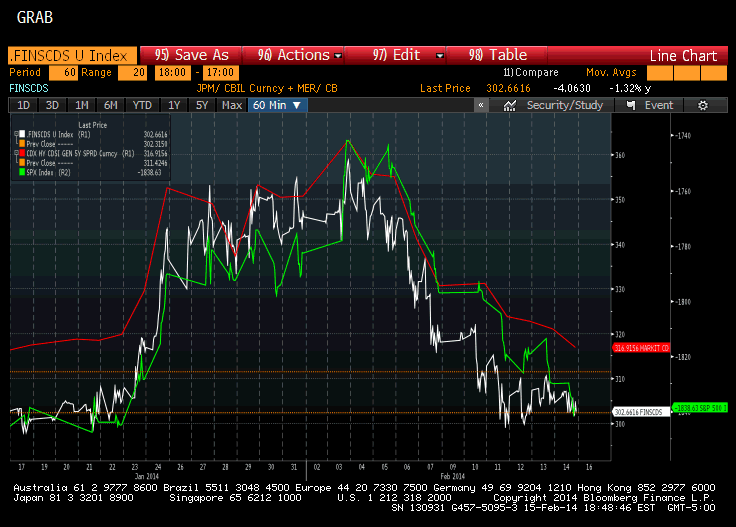Analysis Apple options is the tail wagging the dog
Post on: 4 Август, 2015 No Comment

Analysis & Opinion
NEW YORK (Reuters) — As the world’s most valuable publicly traded company, Apple’s share price rises and falls — mostly rises — on its fat profits and big sales of newly introduced gadgets.
That is, except for the last few hours of trading on Fridays when the options market takes charge.
Apple Inc, which was worth $578 billion at Wednesday’s close, is one of the market’s most actively traded stocks. But its options are also among the most popular, too, so the closing price of the maker of the iPad and iPhone at the end of each week is often dictated by players in this market in a phenomenon known as pinning.
That’s due to the increasing interest in trading weekly options on individual shares, which have only existed since June 2010. These contracts, known as weeklys, should be particularly active as Apple reports earnings after the market’s close on Thursday.
Investors who buy options hope their bets end up in the money, that is profitable, be it a call option (bets on a stock rising) or a put option (bets on a stock falling). If Apple is, say, at $605 a share, every call option below that level — from $600 down — makes money if the buyer decides to exercise that option.
For dealers — those who sell options — the equation is a bit different. They’re generally trying to remain neutral — making money by collecting the cost, or premium, from buyers of options.
Where the rubber meets the road in this case — and where concern about manipulation comes in — is with option strikes that are very close to where a stock is trading on expiration approaches. For dealers and others selling options, as expiration approaches, their incentive is to try to have these positions expire worthless — so they’re not caught having to deliver the shares and suffer losses as a result.
That’s where pinning comes in. Dealers and others will try to pin the stock as close to that round number as possible — through buying and selling shares. Professional traders have noticed this trend and attempt to profit by riding the tendency of stocks to gravitate toward a round number. For instance, if a stock was trading just below a $600 strike, they would buy shares to push the price higher, assuming other buyers will jump in, thus giving the trader a quick profit.
When stocks end the week close to a strike price, it means investors with a position in that particular strike sees those calls or puts expire worthless. If an investor paid $2 on an Apple call option with a $620 strike, they’re hoping it rises to more than $622. If it doesn’t, the position is not profitable.
This is a tail-wagging-the-dog phenomena that I think all investors should be aware of, said Ralph Edwards, director of derivatives strategy at Investment Technology Group, who closely watches expiration activity in Apple weeklys.
Traders should get used to every Friday being expiration Friday, said Edwards.
WEEKLY PINNING GAMES
Pinning has been around for years, especially in S&P 500 index options, but it is becoming more prevalent as options trading has grown in popularity. Traders do it to neutralize positions that could cost them a lot of money. Rising volume in weeklys has made pinning a Friday afternoon ritual.
The pinning phenomenon sparks some accusations of manipulation in share prices, but some say it is inevitable.
There is this notion that weekly options are fishy and that pinning is some sort of a hoax, but it’s not, said TD Ameritrade chief derivatives strategist J.J. Kinahan.
They are not the bad guys, it’s just the nature of hedging, Kinahan said.
Weeklys were first introduced by CBOE in October 2005 for index options. Weeklys for individual names started in June 2010, when Apple became one of the first four with such contracts. Now, about 130 individual stocks have weeklys.
Apple options are the most actively traded among single-stock names at the CBOE. Average daily volume in Apple weeklys was more than 90,000 contracts for the first nine months of 2012, compared with less than 30,000 in 2011.
Apple options contracts are listed in $5 intervals — $625, $630, and so on. Over time, Apple’s closing price on Fridays has been drifting closer to the nearest strike as weekly options become more popular. Between October 2011 and October 2012, weekly expiration days saw Apple shares end, on average, $1.02 away from the nearest strike. In the prior year, it was $1.32.
It is the growth of the use of weeklies that have driven the pinning, Edwards said.
Friday, Oct 12, was a notable example. Activity in Apple options soared, with around 150,000 contracts traded in the last hour, or about 15 percent of the day’s volume, according to Interactive Brokers. The stock was as low as $625.30 but closed at $629.71, right near the most popular options strike of $630.
That meant anyone betting shares would fall substantially below $630 saw their bet expire worthless.
In July, weeklys accounted for about 18 percent of average daily CBOE options volume, up from 2 percent in 2010.
It would take at least a couple of years for weeklys to top the volume of monthly options that have been around since the ’70s, but the growth of these short-dated options is massive, said Randy Frederick, director of trading and derivatives at Charles Schwab.
(Reporting By Angela Moon; Editing by Kenneth Barry)














